
Advertising & Brands
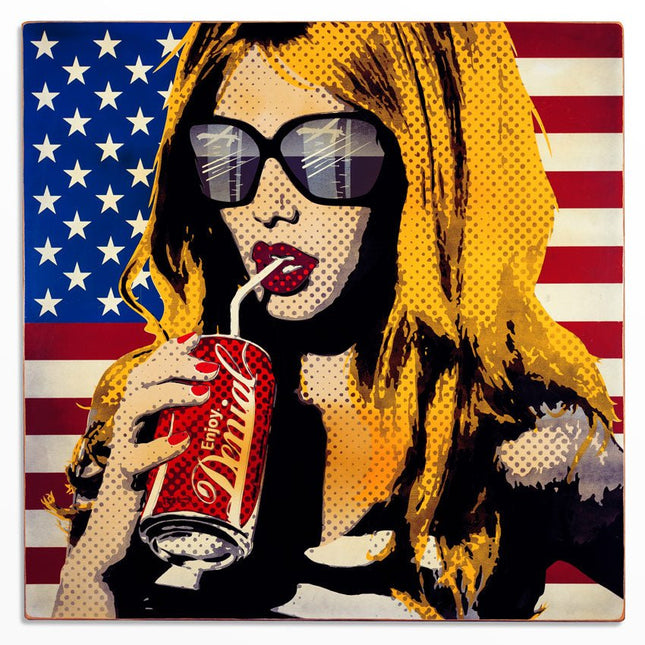
Denial- Daniel Bombardier What Drones? HPM Spray Paint Wood Stencil by Denial- Daniel Bombardier
What Drones? Limited Edition Hand-Embellished Spray Paint, Acrylic, Stencil, Mixed Media On Cradled Wood Panel by Denial Graffiti Street Artist Modern Pop Art. 2015 Signed & Numbered Limited Edition of HPM Stencil 5 Artwork Size 48x30 Canadian artist Denial and Australian-born Ben Frost have joined forces in a bold exhibition of new work that explores the boundaries of appropriation, in confronting re-imaginings of our current dystopian society. Self-confessed ‘visual thieves’, both artists have had a long history of stealing and subverting the cultural icons that the advertising and consumerist world has thrust upon us, to create new and pertinent interpretations that are as confronting as they are humorous. Denial and Frost formed an instant friendship since their meeting in Canada in 2011 and have been creating engaging street and gallery work ever since. "Company of Thieves" sees their collaboration push further, with large and small-scale works that reference Pop Art, Graffiti, and the corporate world they rebel against. Denial’s art is strongly political and social since the artist takes specific positions against issues, such as capitalism, consumer culture, and advertisements. More importantly, the artist is aware of his choices and motivations: “I like to think of myself as activist pop art. How I relate with cartoons and graphics is a lot easier than I do with photo-realistic stuff" Another aspect of Denial's work is humor. His work is satirical, which, by definition, means that it uses humor as a confronting mechanism.
$9,997.00
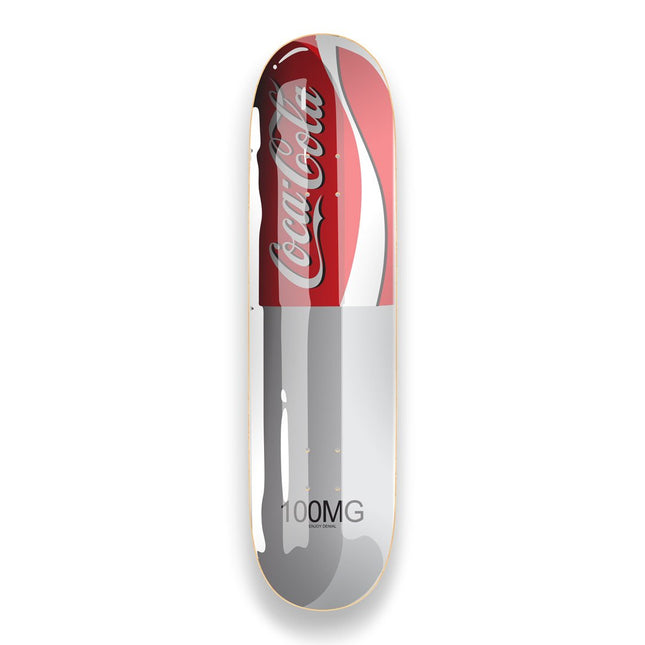
Denial- Daniel Bombardier Coca-Cola Archival Skateboard Deck by Denial- Daniel Bombardier
Coca-Cola Limited Edition Archival Pigment Print Transfer on Cold Pressed Steep Natural Skate Deck art by street pop culture artist Denial. In 2000 he adopted the moniker ‘DENIAL’ as a means of poking fun at advertising, politics, and media messages that contemporary society is often ‘in denial’ about. Since then he has maintained an ongoing global street-campaign of over 500, 000 stickers, placards, and murals, using the alpha-numeric characters ‘D3N!@L’. In the world of Denial, memory is important, because it is the basis of his work, as it nostalgically encourages the audience to engage with it. As a result, his art is as familiar, as it is disturbing because it reveals the most unsettling parts of society, the ones we are in a “denial” of. No matter its controversial history, graffiti is less and less viewed as a form of vandalism.
$466.00
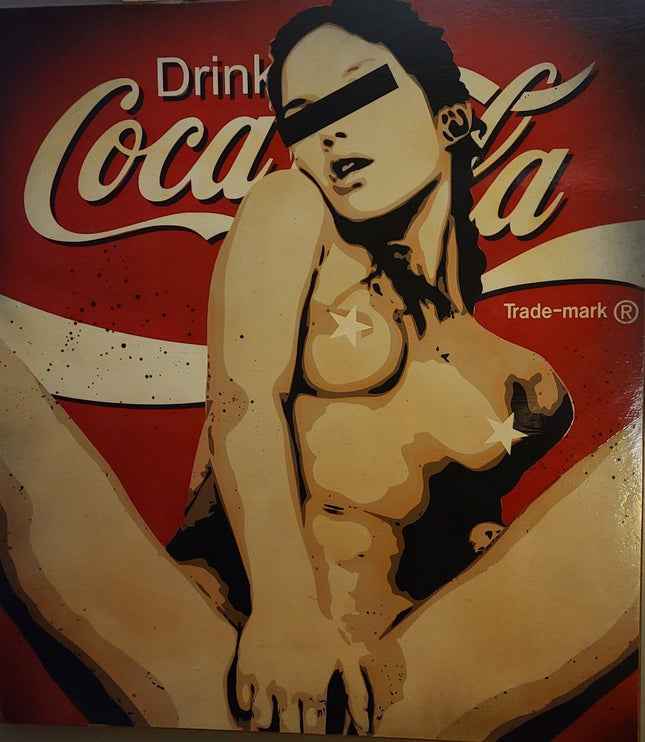
Denial- Daniel Bombardier Enjoy Original Stencil Spray Paint Painting by Denial- Daniel Bombardier
Enjoy Mixed Media On Cradled Wood Panel Original Painting by Denial Graffiti Street Artist Modern Pop Art. Ready To hang. "Recently this piece was not allowed into a show I had wanted it to be in. In Dubai, they have strict rules on obscenity and vulgarity. I had been wanting to paint this piece for a long time and was looking for just the right image to use as a base in it. I finally found it amongst the bowels of the internet. This painting is a visualization of an amazing Bill Hicks joke from his stand-up routine. In his stand up Bill goes into great detail about the evils of advertising when left unchallenged and unchecked. He imagines and describes an ad in the not-so-distant future that one day may exist. This painting is of that ad. Bill Hicks was a fucking genius and I only hope I did his work the justice it deserves. He was so inspirational in forming my current mindset, a true artist and rebel. I take inspiration from different artists in different ways. I like to visualize things like songs or speech or comedy and play with the different elements I come up with. I have a very playful mind." - Denial Denial has evolved as one the most prominent figures of contemporary pop artists, who nonetheless, continue to stay relevant and is interested in generating thought-provoking commentary. He has a long history of exploring the boundaries of appropriation, which he uses as a means of subverting the value of cultural products, imprinted in the collective memory of the Western civilization. His work, in other words, is inviting the viewer to re-imagine our dystopian society as a way of confronting it, with humor and irony as the biggest tools of the artist.
$9,954.00
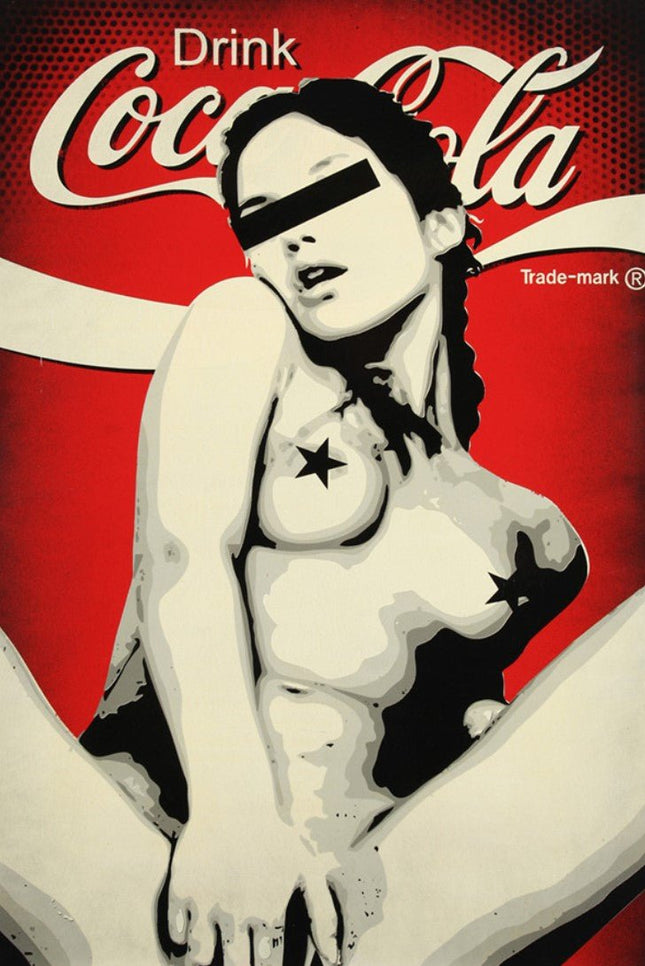
Denial- Daniel Bombardier Enjoy Archival Print by Denial- Daniel Bombardier
Enjoy - Standard Edition Limited Edition Archival Pigment Print on 310gsm Museum Natural Fine Art Paper by Denial Graffiti Street Artist Modern Pop Art. 2016 Signed & Numbered Limited Edition Print Artwork Size 18x21 "Recently, this piece was not allowed into a show I had wanted it to be in. In Dubai, they have strict rules on obscenity and vulgarity. I had been wanting to paint this piece for a long time and was looking for just the right image to use as a base in it. I finally found it amongst the bowels of the internet. This painting is a visualization of an amazing Bill Hicks joke from his stand-up routine. In his stand up Bill goes into great detail about the evils of advertising when left unchallenged and unchecked. He imagines and describes an ad in the not-so-distant future that one day may exist. This painting is of that ad. Bill Hicks was a fucking genius and I only hope I did his work the justice it deserves. He was so inspirational in forming my current mindset, a true artist and rebel. I take inspiration from different artists in different ways. I like to visualize things like songs or speech or comedy and play with the different elements I come up with. I have a very playful mind." - Denial Denial is a Canadian artist who experiments with aerosol and stencil art, while his main fields of interest are consumerism, politics and the human condition in today’s society. Since the culture of graffiti was gaining more and more popularity in the US and Europe, the taggers had to be increasingly original in order to stand out. The signatures became bigger, more stylized and more colorful.
$242.00
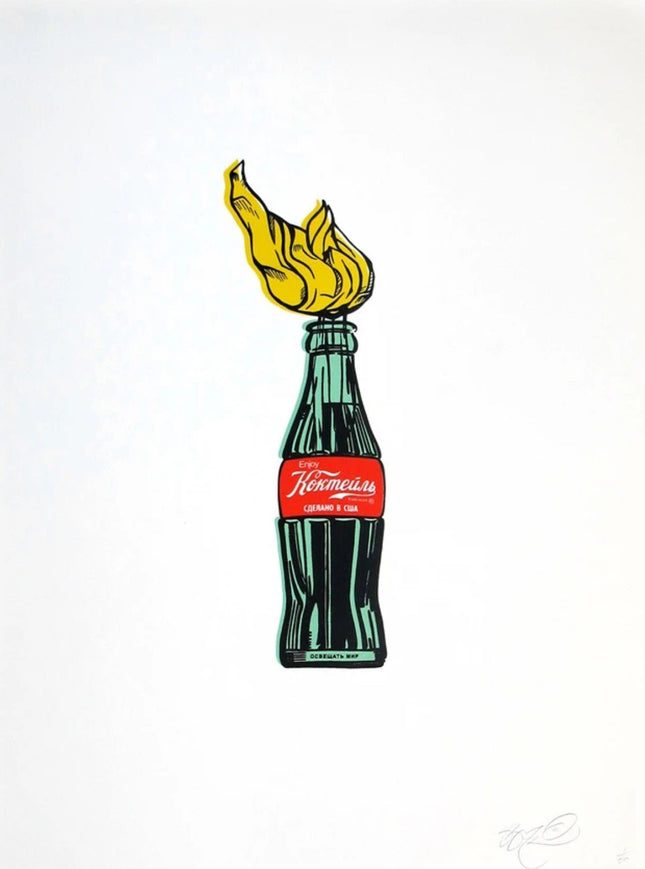
SSUR- Ruslan Karablin Molotov Silkscreen Print by SSUR- Ruslan Karablin
Molotov 4-Color Hand-Pulled Limited Edition Silkscreen Print on Fine Art Paper by SSUR- Ruslan Karablin Rare Street Art Famous Pop Artwork Artist. Silkscreened print limited to 50 pieces. Signed and numbered with embossed logo on the bottom corner.
$364.00
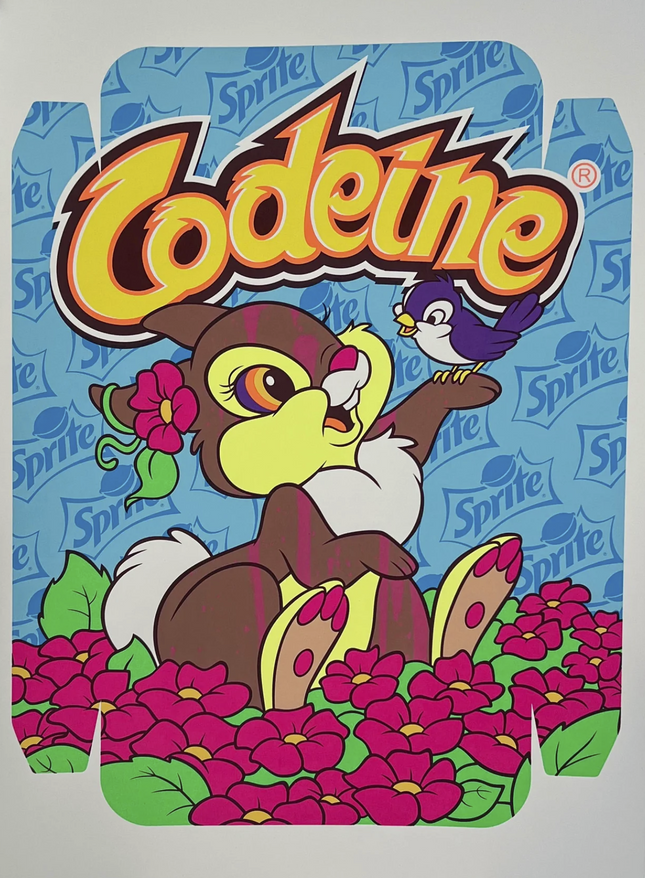
Ben Frost Lean on Me #1 Silkscreen by Ben Frost
Lean on Me 1 HPM Silkscreen by Ben Frost 12-Color Screen Print on MEDIUM Limited Edition Pop Street Art Artwork. 2022 Signed 1/1 Unique Artwork Size 18x24 Codeine Bunny Ben Frost Lean on Me Screen Print - Unique 1/1 Print (1) 12-color hand-pulled screenprint on Mohawk Superfine UltraWhite 160 lb cover 18 x 24 in., 45.7 x 61 cm Unique 1/1 print, Signed & Numbered by Ben Frost
$1,134.00
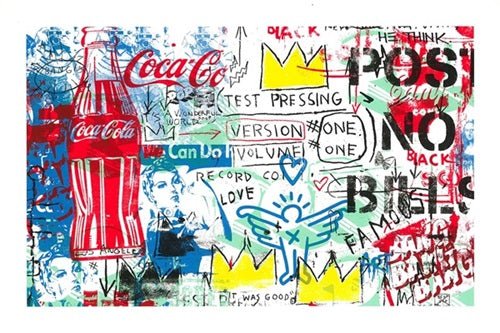
Mr Brainwash- Thierry Guetta No Posts, No Bills 24x36 Paper Silkscreen Print by Mr Brainwash- Thierry Guetta
No Posts, No Bills- 24x36 Paper Limited Edition 4-Color Hand-Pulled Silkscreen Print on Archival Paper by Mr Brainwash- Thierry Guetta Graffiti Street Artist Modern Pop Art. 2021 Signed & Numbered Limited Edition of 70 Artwork Size 36x26 Mr Brainwash- Thierry Guetta 2021 NO POST, NO BILLS Paper Edition 24 X 36” print S/N of 75
$4,583.00
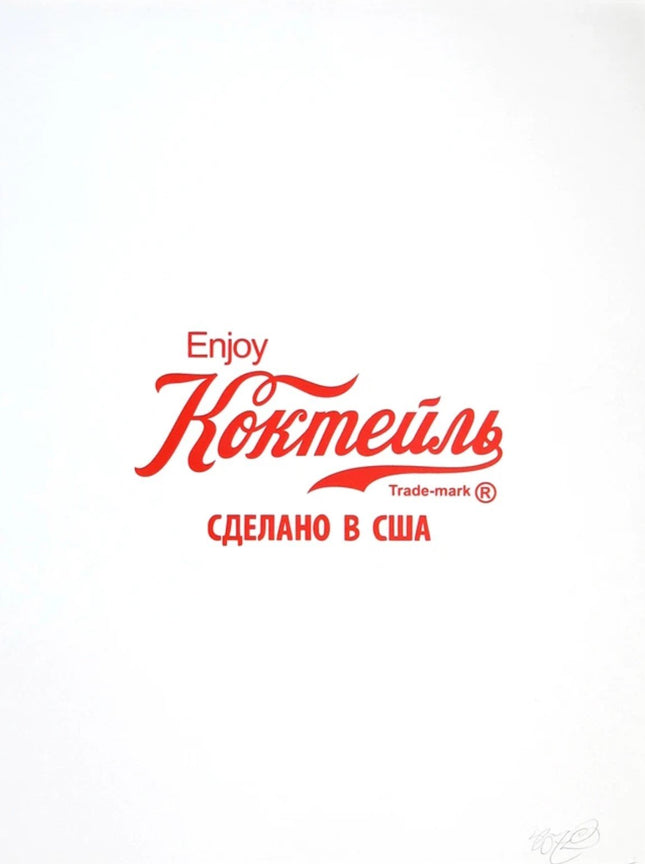
SSUR- Ruslan Karablin Cocktail Silkscreen Print by SSUR- Ruslan Karablin
Cocktail 1-Color Hand-Pulled Limited Edition Silkscreen Print on Fine Art Paper by SSUR- Ruslan Karablin Rare Street Art Famous Pop Artwork Artist. Silkscreened print limited to 50 pieces. Signed and numbered with embossed logo on the bottom corner.
$364.00
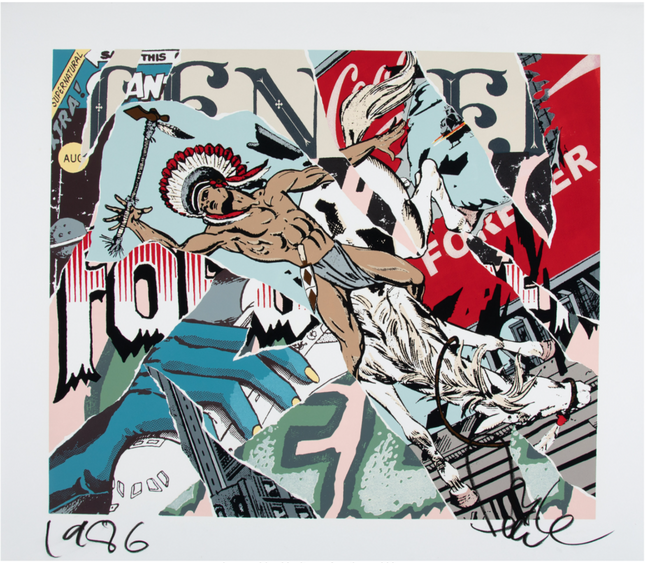
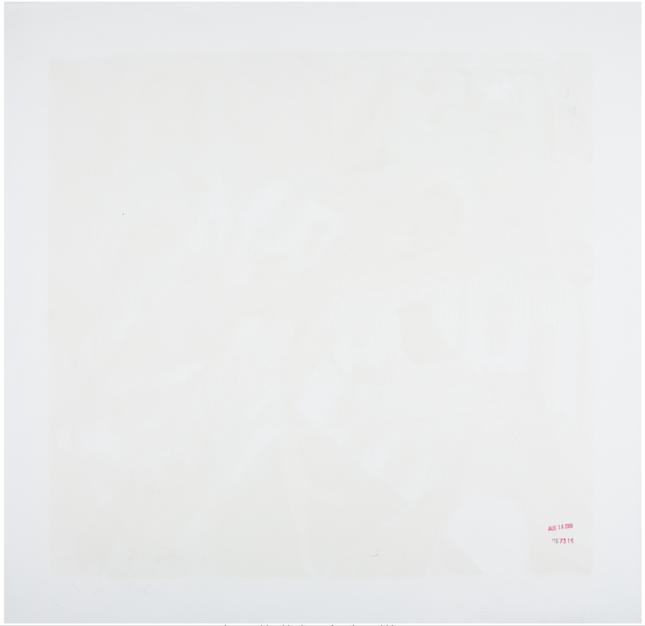
Faile Tender Forever 1986 Silkscreen Print by Faile
Tender Forever 1986 Silkscreen Print by Faile Hand-Pulled 25-Color Screen Relief Print on 300gsm Somerset Satin Paper Limited Edition Pop Street Art Artwork. 2008 Signed & Numbered Limited Edition of 315 Artwork Size 32x28.25 FAILE (b. 1975) Tender Forever 1986, 2008 Screenprint in colors on wove paper 28-1/4 x 32 inches (71.8 x 81.3 cm) (sheet) Ed. 315 Signed and annotated in pencil along lower edge, numbered and dated in ink verso Mild light and time staining verso. Sheet is loose. Tender Forever 1986 is a silkscreen print by the artist collective Faile. Faile is a Brooklyn-based collaboration between two artists, Patrick McNeil and Patrick Miller. They started working together in the late 1990s and are known for their contemporary street art, which combines graphic design, painting, and printmaking techniques. Their work often incorporates elements of popular culture, religious iconography, and vintage advertisements. The Tender Forever 1986 silkscreen print is an example of Faile's unique style, using a combination of vibrant colors and intricate patterns to create a visually engaging piece. The image contains multiple layers, featuring fragmented images and texts that evoke a sense of nostalgia like Native Americans, urban decay corporate brand logos, and the passage of time. Faile's works, including Tender Forever 1986, have been exhibited in galleries and museums worldwide, and their street art can be found on walls and buildings in major cities like New York, London, and Berlin. Collectors and fans of contemporary art appreciate Faile's innovative approach and their ability to blur the lines between high art and street culture.
$1,931.00











